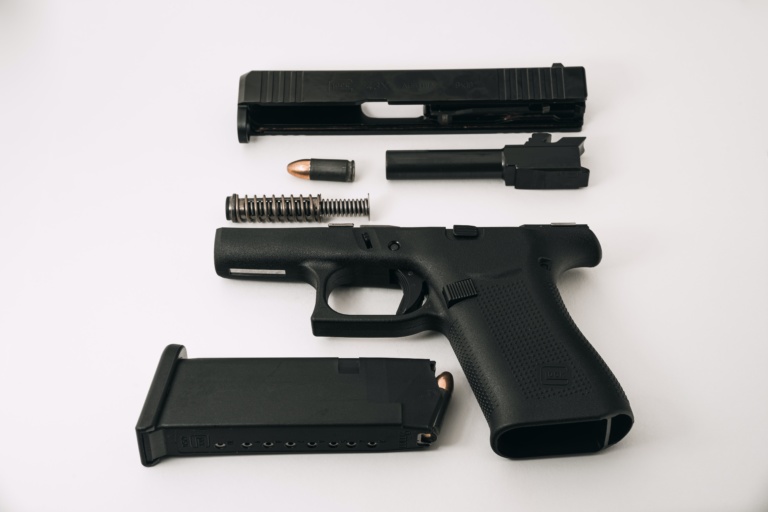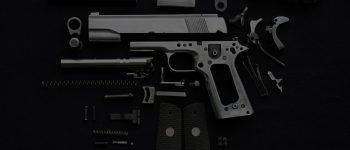Decreasing Spring Strength
Learn how to decrease spring strength in a variety of firearms.
Skip Walters

A S&W revolver trigger tuning usually involves decreasing the strength of at least one spring to lighten the trigger pull. Other associated tasks include stoning the sliding surfaces of the interacting parts. The safety/hammer block bar is one of the interacting parts that must be stoned smooth, with all burrs removed. The safety/hammer block bar slides in a slot under the sideplate. This sideplate slot must also be smooth. Until recently, people used to discard the safety/hammer block and cut coils off of the trigger return spring. This condition is commonly encountered on guns that have been “tuned” by those without an understanding of small arms design engineering and no fear of lawsuits.
Removing the safety/hammer block eliminated a lot of “drag” from the trigger pull, but the safety/hammer block was put in for a reason. It was to avoid an accidental discharge if the gun was dropped on the hammer or if the hammer got caught on something and was accidentally, partially withdrawn and released. One should never eliminate a designed safety! A resulting accident would result in, at the very least, a lawsuit and at worst, imprisonment. Keep the safety/hammer block bar. Stone the contact surfaces in the sideplate, the safety/hammer block bar and the other sliding surfaces within the action.
In small arms design, springs are designed to work at given strength throughout a specific range. Cutting any spring does not decrease strength, it decreases its affectivity within its designed range. Therefore, to decrease the strength, the spring has to maintain its range, but be weaker.
To do this, the original coil spring is placed loosely over a rod. The rod (with the spring over it) is placed against a belt grinder at an angle of 30 to 45 degrees. Do not allow the spring to color, as the temper will be lost. After a few seconds of the spring spinning against the belt, the outside diameter of the spring is reduced. This reduces the strength of the spring and maintains the spring’s range. This engineering principle applies to any coil spring one may encounter.




